Saffron, often referred to as the “red gold,” has long been cherished for its vibrant color, unique flavor, and numerous health benefits. Qatar, a country known for its rich culinary heritage and appreciation for exquisite ingredients, is no stranger to the allure of saffron. In this article, we will explore the saffron market in Qatar, diving into the factors that influence saffron prices, where to buy saffron in Qatar, and the quality considerations that discerning consumers should be aware of.
The Golden Journey
A Brief Overview of Saffron Production
Saffron, derived from the delicate stigma of the Crocus sativus flower, is primarily cultivated in regions with specific climatic conditions. Iran, India, and Spain are among the top saffron-producing countries globally. The meticulous and labor-intensive process of harvesting saffron involves carefully plucking and drying the tiny red stigmas, which are then transformed into the prized spice.
Factors Influencing Saffron Prices
Several factors contribute to the pricing of saffron, making it one of the world’s most expensive spices. These factors include:
- Labor-Intensive Cultivation: Saffron requires meticulous cultivation, as each flower produces only a small number of stigmas. The labor-intensive harvesting process adds to the overall cost of production.
- Climatic Conditions: Saffron thrives in specific climatic conditions, and regions with the ideal combination of temperature, soil, and sunlight produce high-quality saffron. Changes in climate patterns can impact the yield and quality of saffron crops.
- Geographical Origin: Saffron from different regions carries distinct characteristics in terms of flavor, aroma, and color. Saffron’s geographical origin plays a significant role in determining its price, with some regions being renowned for producing particularly high-quality varieties.
- Purity and Grading: The purity and grade of saffron also influence its price. Premium-grade saffron, often referred to as “Coupe,” consists only of the red stigmas without the yellow styles, offering a higher concentration of flavor and aroma.
- Market Demand and Supply: Fluctuations in demand and supply, influenced by global economic conditions, can impact saffron prices. Additionally, geopolitical factors in major saffron-producing regions can contribute to market volatility.
Saffron in Qatar: A Culinary Treasure
The Culinary Importance of Saffron in Qatar
Qatar’s cuisine, deeply rooted in tradition and hospitality, often features saffron as a key ingredient. From aromatic rice dishes like biryani to delectable desserts and beverages, saffron imparts a distinct flavor and golden hue to a wide array of Qatari delicacies. The spice’s versatility and ability to elevate the dining experience make it a sought-after ingredient in both home kitchens and professional culinary establishments.
Saffron Price Trends in Qatar
As with any valuable commodity, the price of saffron in Qatar can vary based on several factors. Qatar’s cosmopolitan culture, with a blend of local and international influences, has led to a growing demand for high-quality saffron. The following factors contribute to saffron pricing trends in Qatar:
- Quality and Grading: Qatar’s discerning consumers often seek premium-grade saffron, contributing to its higher price. The demand for saffron with superior color, aroma, and flavor is a driving force in the market.
- Geographical Origin: Saffron from specific regions, renowned for its unique characteristics, may be priced differently. Consumers in Qatar may have preferences for saffron from particular origins, influencing market dynamics.
- Culinary Trends: The incorporation of saffron into diverse culinary styles and fusion dishes has further increased its demand in Qatar. As saffron becomes a staple in various cuisines, its price may reflect the evolving culinary landscape.
- Market Competition: The presence of multiple suppliers and retailers in Qatar’s saffron market contributes to healthy competition. This competition can influence pricing strategies, with some providers focusing on quality while others may emphasize affordability.
- Import Costs: Qatar relies on imports to meet its demand for saffron, and import costs, including shipping, customs duties, and handling fees, can impact the final retail price.
Where to Buy Saffron in Qatar
Exploring Saffron Retailers and Suppliers
- Local Markets and Souqs:
- Qatar’s traditional markets, known as souqs, are excellent places to explore for saffron. Vendors often offer a variety of saffron grades and origins, allowing consumers to make informed choices based on their preferences.
- Specialty Grocery Stores:
- Specialty grocery stores catering to gourmet and international ingredients may stock high-quality saffron. These stores often prioritize sourcing premium products, making them a reliable option for discerning consumers.
- Online Retailers:
- In the digital age, online platforms provide convenient access to a wide range of saffron products. Reputable online retailers and marketplaces offer detailed product descriptions, customer reviews, and the convenience of doorstep delivery.
- Spice Merchants and Suppliers:
- Specialized spice merchants and suppliers may focus on providing premium-grade saffron to meet the demand of culinary enthusiasts and professional chefs. Establishing relationships with trusted suppliers ensures a consistent supply of quality saffron.
- International and Hypermarket Chains:
- International hypermarket chains operating in Qatar often feature an array of imported ingredients, including saffron. These establishments may offer a diverse selection to cater to the preferences of their multinational customer base.
Quality Considerations for Saffron Buyers in Qatar
Assessing the Purity and Authenticity of Saffron
- Color and Appearance:
- Premium saffron exhibits a deep red color, with the absence of yellow styles (the less flavorful part of the stigma). Buyers should inspect saffron threads for uniformity in color and the absence of extraneous matter.
- Aroma:
- Saffron’s distinct aroma is a hallmark of its quality. A strong, pleasant fragrance indicates freshness and potency. Buyers may gently crush a few threads between their fingers to release the aroma for assessment.
- Flavor Profile:
- The flavor of saffron should be robust, with notes of honey and floral elements. Saffron’s taste is a combination of bitter and sweet, contributing to its unique culinary appeal. Quality saffron imparts a rich flavor without any metallic or chemical undertones.
- Packaging and Labeling:
- Reputable saffron suppliers provide clear and informative packaging. Labels should include details about the saffron’s origin, grade, and any certifications. Transparent packaging allows buyers to visually inspect the saffron before making a purchase.
- Certifications and Standards:
- Look for saffron that adheres to international standards and certifications. Organic saffron, in particular, may be appealing to those seeking a product free from synthetic pesticides or additives.
- Reputation of the Supplier:
- Establishing a relationship with a reputable supplier or retailer is key to consistently obtaining high-quality saffron. Customer reviews, recommendations, and the supplier’s commitment to quality are important considerations.
The Future of Saffron in Qatar
As Qatar continues to embrace its rich culinary heritage and explores global gastronomic trends, saffron’s role in the country’s kitchens is likely to expand. The demand for premium saffron is expected to rise, driven by a growing awareness of its health benefits and a desire for culinary excellence.
In conclusion, saffron in Qatar is not just a spice; it is an embodiment of culinary sophistication and cultural richness. The discerning consumers in Qatar, with their appreciation for quality and flavor, play a crucial role in shaping the saffron market. As saffron weaves its way into the fabric of Qatari cuisine, the journey of the “red gold” continues to unfold, offering a tapestry of flavors and experiences for those who savor its golden embrace.
Conclusion
In the vibrant landscape of Qatar’s culinary hub, saffron takes center stage as the golden thread that weaves through the rich tapestry of flavors. As the demand for this prestigious spice continues to soar, navigating the saffron circus in Qatar becomes an art of discernment, a pursuit of the finest quality, and a celebration of cultural richness. Understanding the factors that influence saffron prices and discovering the ideal places to procure this culinary gem is pivotal for those who seek not only the lowest price but also an authentic and enriching gastronomic experience.
In Qatar, the market of food is not just a source of sustenance; it is a dynamic arena where culinary enthusiasts embark on a quest for the finest ingredients. Saffron, with its intricate cultivation processes and distinct regional variations, stands as a testament to the country’s commitment to culinary excellence. As consumers seek saffron that transcends the realms of mere spice, the options for where to buy saffron in Qatar are diverse—from the traditional local souqs to the convenience of online platforms.
FAQs
1.What factors contribute to the varying prices of saffron in Qatar?
The prices of saffron in Qatar are influenced by factors such as its geographical origin, grading, climatic conditions, and market demand. Premium-grade saffron, devoid of yellow styles, often commands a higher price due to its superior quality and distinct characteristics.
2.How can I avoid purchasing fake saffron in Qatar?
To avoid fake saffron in Qatar, scrutinize the packaging and labeling of the product. Reputable suppliers provide transparent packaging, allowing buyers to inspect the threads. Additionally, establishing relationships with trusted suppliers, whether at local markets or online, helps ensure the authenticity of the saffron being purchased.
3. Is Qatar considered a hub of food sourcing, including saffron?
Yes, Qatar is recognized as a hub of food sourcing, offering a diverse array of culinary ingredients, including saffron. The country’s cosmopolitan culture has contributed to a robust food market, making it a destination for those seeking high-quality and exotic ingredients.
4.Where can I find the lowest prices for saffron in Qatar?
Local markets and souqs in Qatar often present opportunities to find saffron at more affordable prices. These traditional marketplaces showcase a variety of saffron options, and negotiating with vendors may lead to favorable prices for buyers seeking cost-effective solutions.
5.How does the saffron market contribute to Qatar’s status as a hub of food?
The saffron market in Qatar contributes to the country’s status as a hub of food by providing a diverse range of culinary ingredients to meet the demands of a multicultural population. As saffron becomes an integral part of the Qatari culinary experience, it further solidifies Qatar’s position as a culinary hub, where food is not just a source of sustenance but a celebration of culture and refinement.




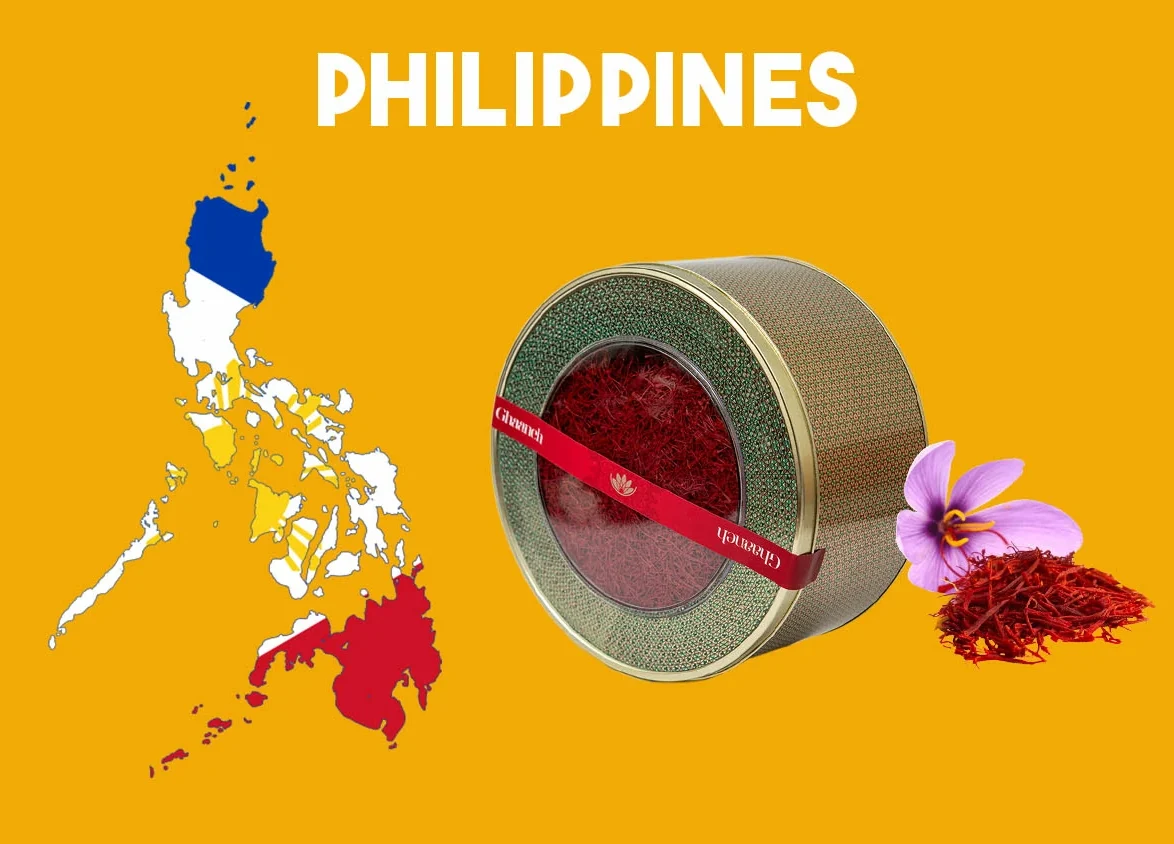
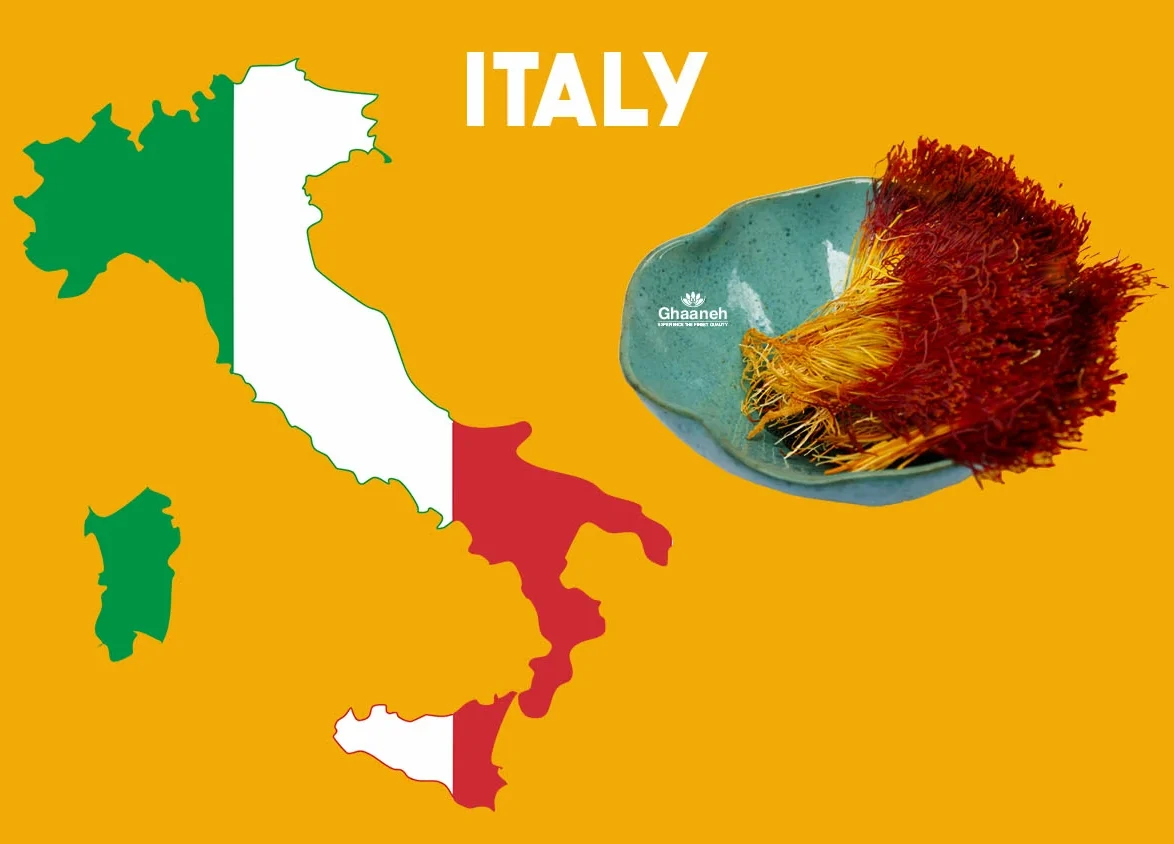
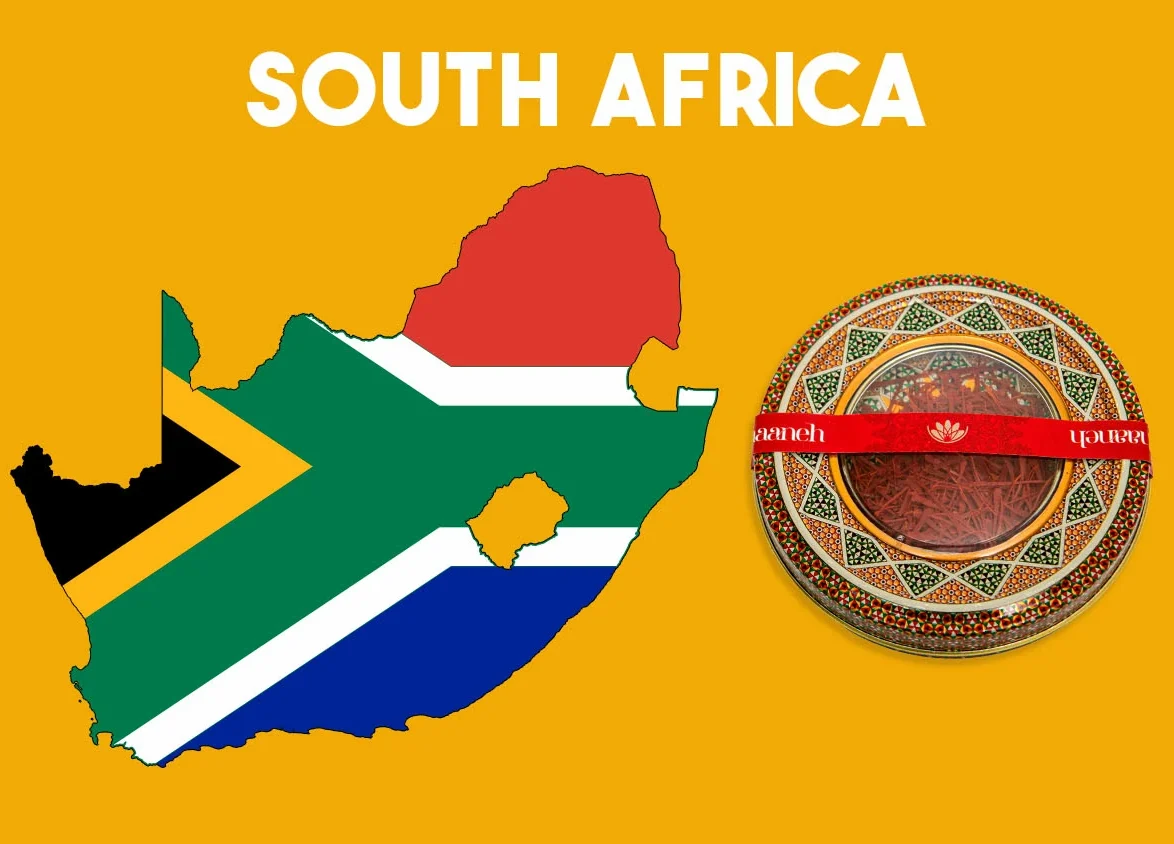
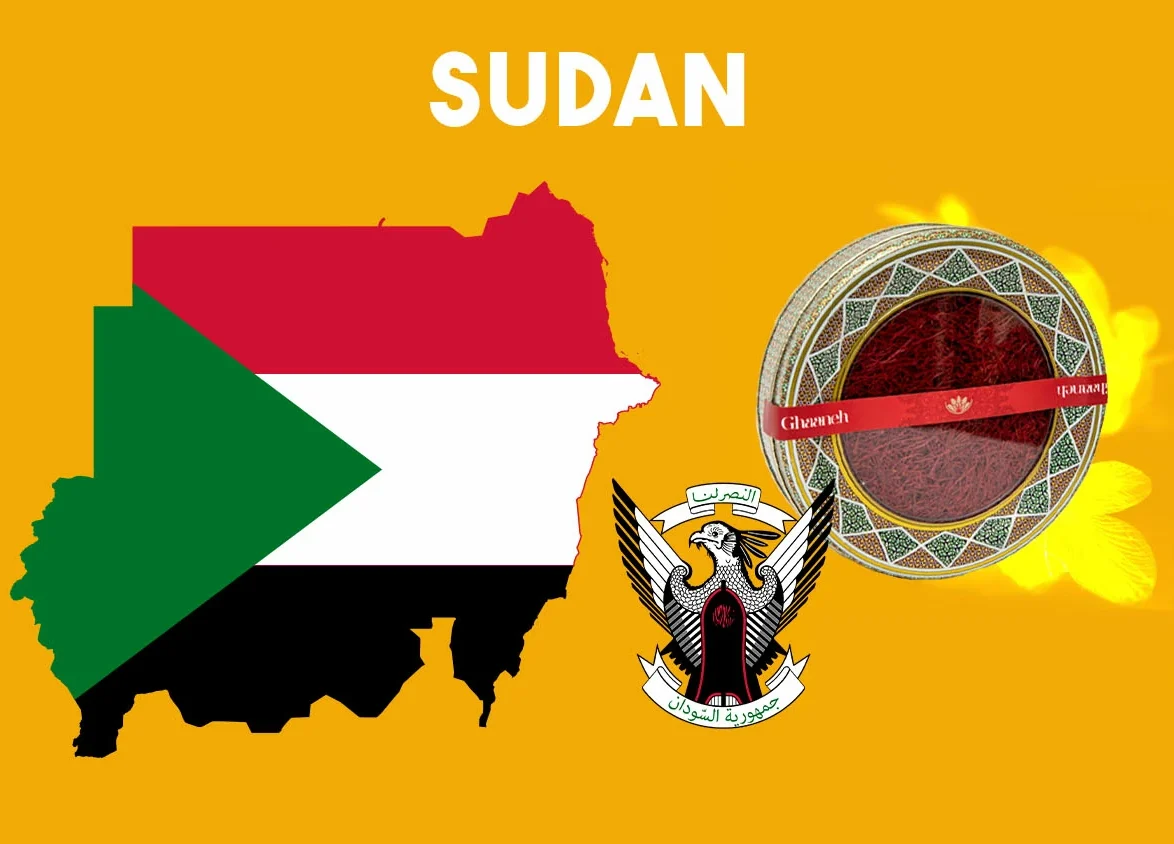
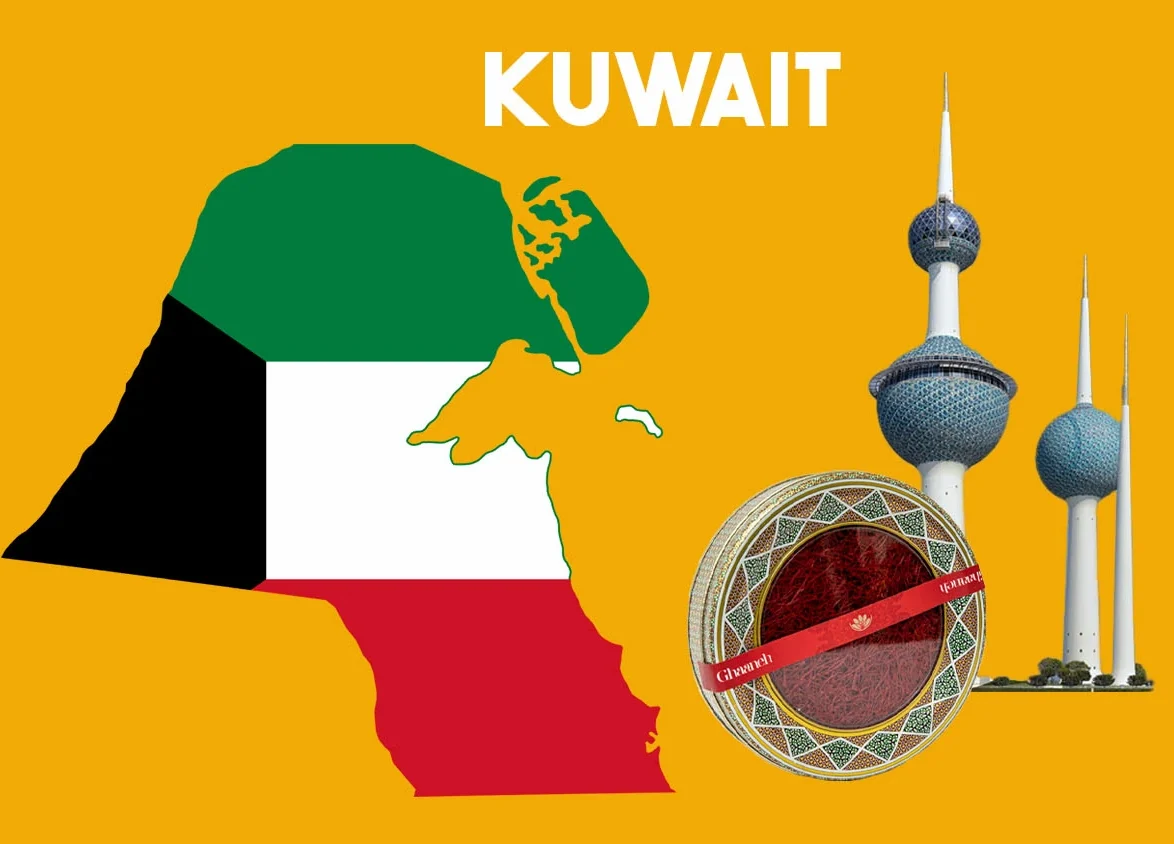
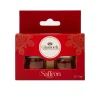
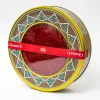
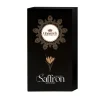
hello, if you check comments can you send me an email about saffron prices in Qatar?
It is becoming mandatory at this point to gather information about saffron for me personally, so i have been surfing all over your website and decided to leave you this comment and appreciate your hard work.
Qatar what a nice place to see for vacation, i remember the world cup and it was an amazing tour!
Qatar is a lovely place to visit, i have been there and the saffron is mostly Iranian imported.
oh what a time to be alive! i really enjoyed my last time being in Qatar, world cup 2020 was a blast. I really enjoyed the saffron teas there specially.
Very very very nice article, I have learned one thing or two and that made my day, thanks!
I visited Qatar like a year ago, it’s a good place to go back to. saffron there has good quality if you want to check it out i recommend.
Nice read, I just passed this onto a friend who was doing a little research on that. And he actually bought me lunch since I found it for him smile So let me rephrase that: Thanks for lunch! “To be 70 years young is sometimes far more cheerful and hopeful than to be 40 years old.” by Oliver Wendell Holmes.